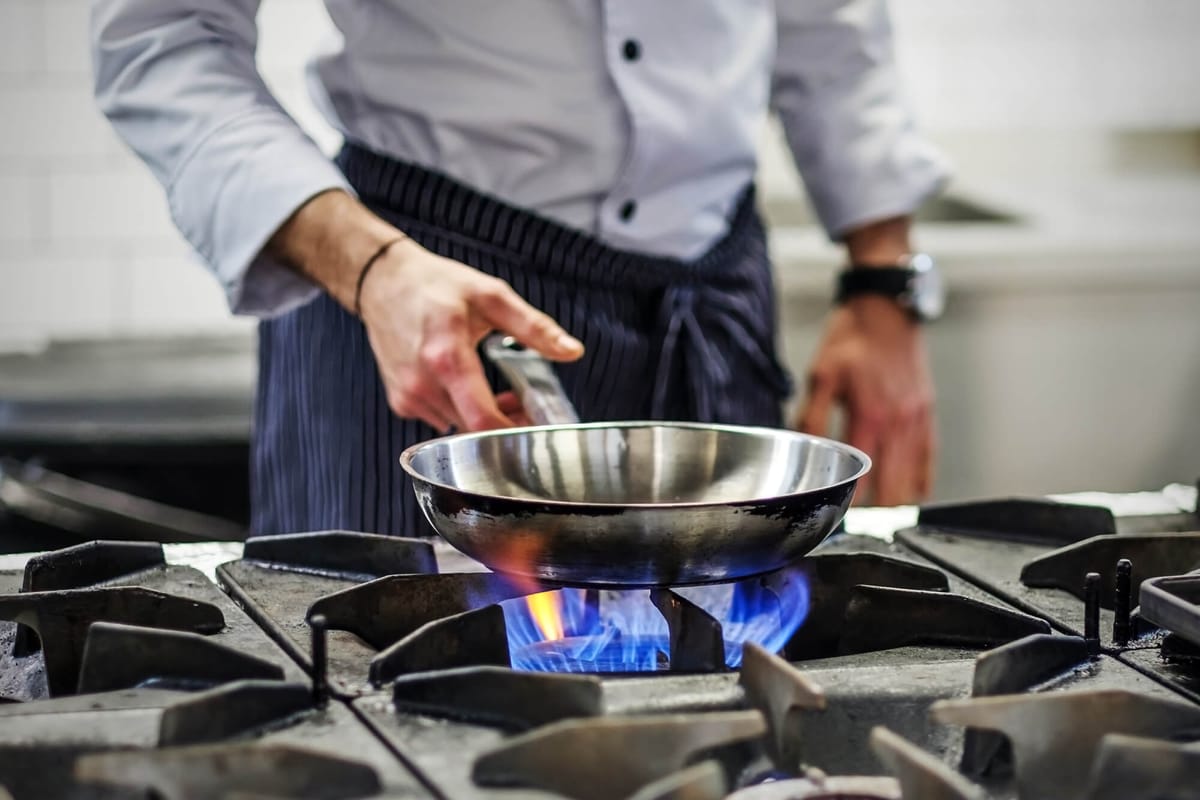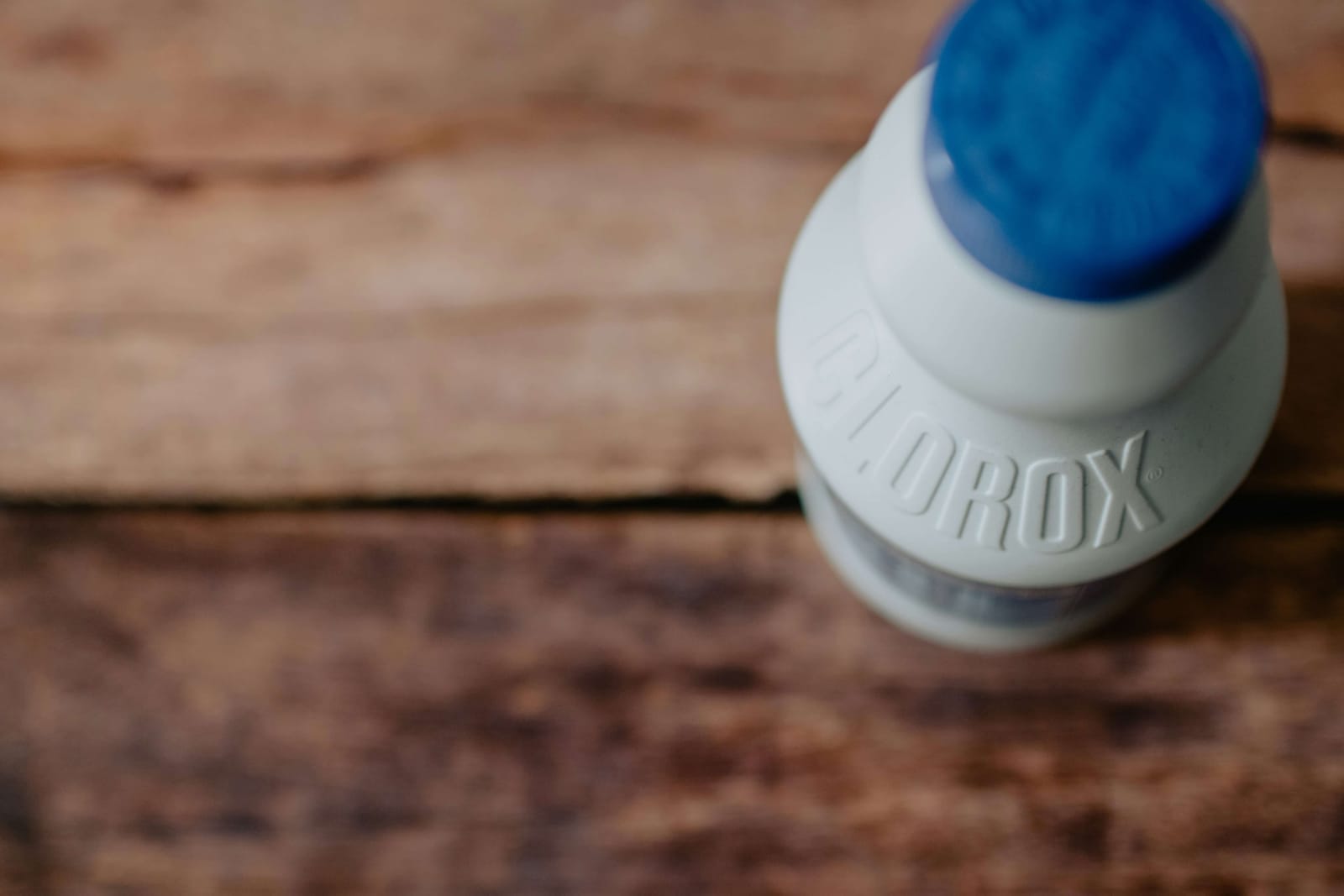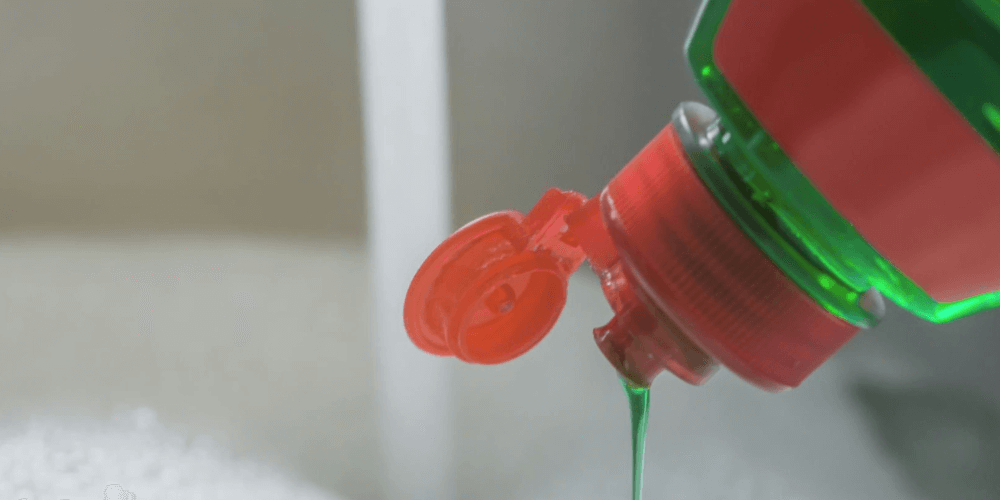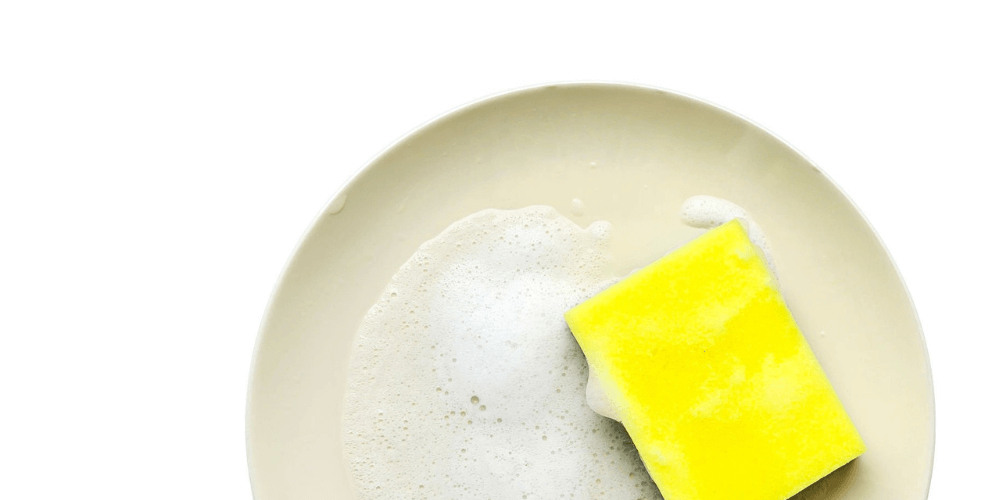Ever paused while washing your pan and wondered, "Is this good for the planet?" You're not alone! In a world buzzing with talk of sustainability, choosing eco-friendly cookware is a simple yet impactful way to cook up a positive change. This guide is your first step towards a greener kitchen, explaining how to pick cookware that's kind to the earth and safe for your family. Let's jump into the world of eco-friendly cookware materials, making your next cookware purchase not just smart, but sustainably savvy!
In This Article
- Understand the Materials
- Consider the Manufacturing Process
- Evaluate Durability and Longevity
- Check for Non-Toxic Coatings
- Assess Energy Efficiency
- Look for Certifications and Sustainability Claims
- Consider the Brand’s Environmental Commitment
- Eco-Friendly Cookware Brands to Consider
- Ready to Green Your Kitchen?
Understand the Materials
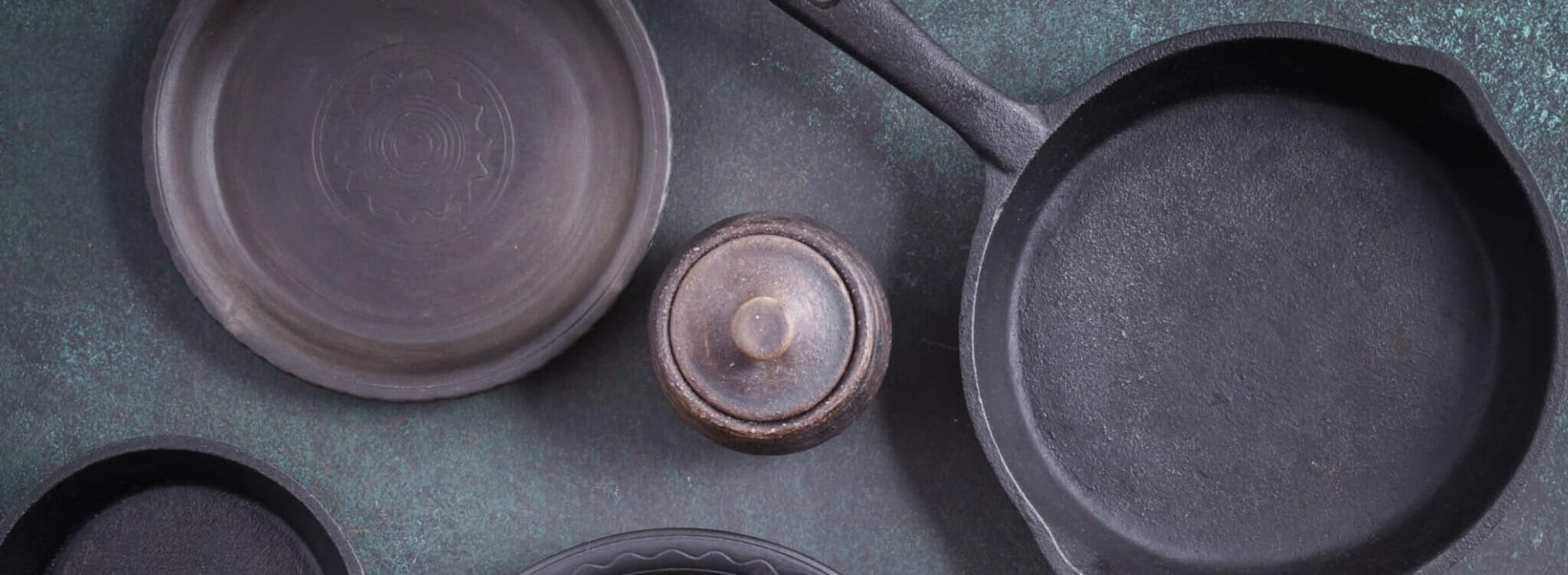
Ceramic: The Natural Choice
Ceramic cookware, made from clay and kiln-baked to perfection, is a hero in the eco-friendly kitchen. It's not just about its rustic charm; ceramic is free from harmful chemicals, making it safe for you and the environment. Plus, its natural heat resistance means you can cook at lower temperatures, saving energy.
Cast Iron: The Durable Classic
Cast iron might just be the superhero of sustainable cookware. Lasting for decades (yes, decades!), it cuts down on waste and can be recycled. Cooking with cast iron also boosts your food's iron content – a win-win for health and flavor. Remember, it's heavy and needs a bit of care, but its longevity is unmatched.
Stainless Steel: The Recyclable Wonder
Shiny, sleek, and seriously strong, stainless steel cookware is a favorite for a reason. It's not just about its good looks; stainless steel is 100% recyclable. This material can handle high heat and is resistant to rust and corrosion, making it a durable choice for any dish you dare to whip up.
Consider the Manufacturing Process
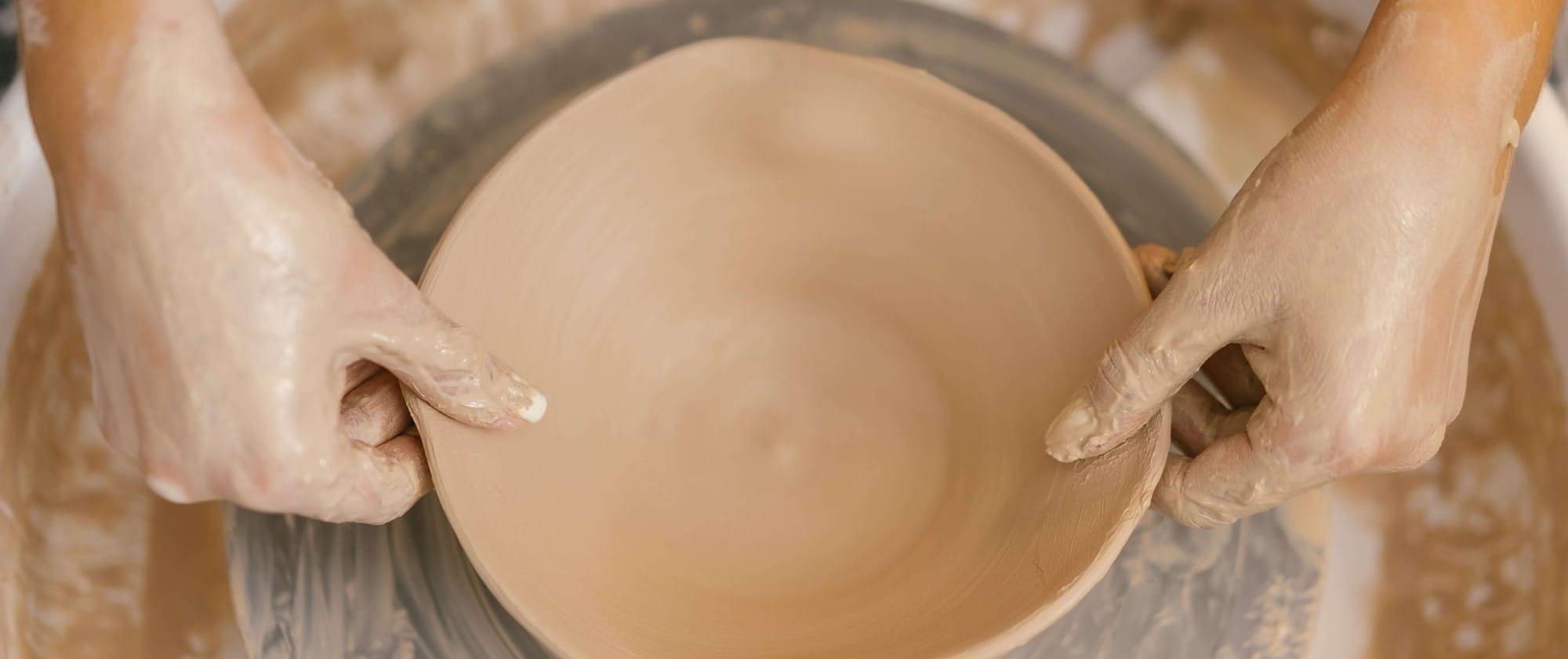
Choosing eco-friendly cookware isn't just about the material; it's also how it's made. Look for brands that use sustainable manufacturing practices, like reducing water waste and using renewable energy. This step is crucial for minimizing your cookware's environmental footprint, ensuring that your kitchen habits support a healthier planet.
Evaluate Durability and Longevity

The longer your cookware lasts, the better it is for the earth. Durable materials like cast iron and stainless steel mean you buy less often, reducing waste. When selecting cookware, think long-term: investing in quality pieces that stand the test of time is not only economical but eco-friendly. Learn more about Life Cycle Assessments (LCA), a tool used to assess environmental impact.
Check for Non-Toxic Coatings
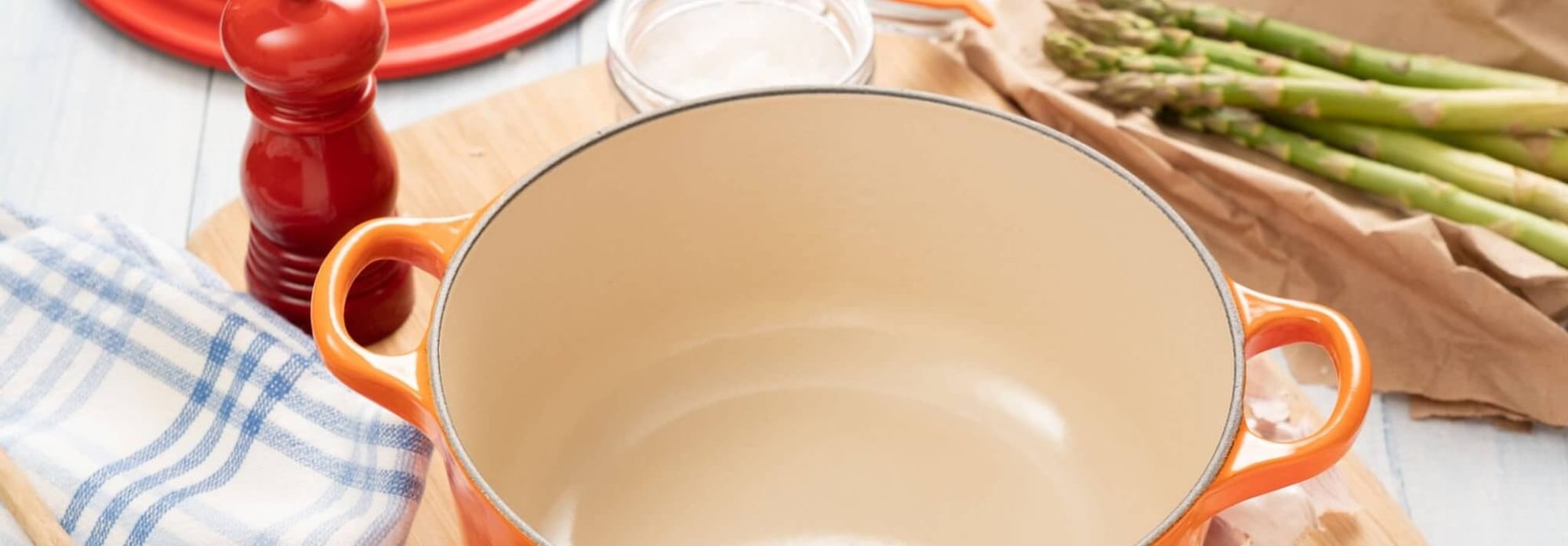
When it's time to pick your pans, think beyond the base material. Non-stick coatings can be a convenience in the kitchen, but not all are created equal. Look for cookware with natural non-toxic coatings like ceramic or silicone-based surfaces. These options let you flip pancakes and sear fish without worrying about harmful chemicals leaching into your meals or the environment.
Assess Energy Efficiency
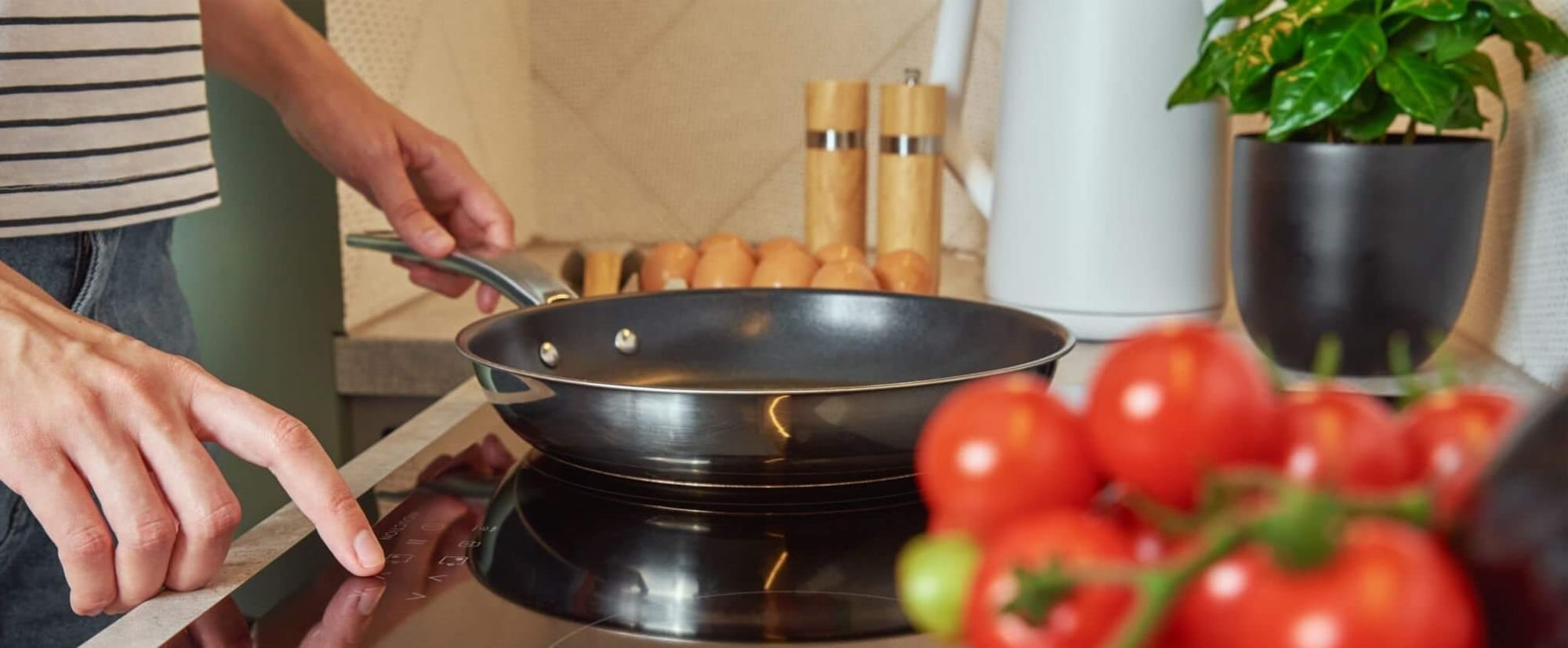
Not all pots and pans heat up the same. Some materials, like copper and aluminum, are great at conducting heat, meaning you can use lower temperatures and less energy to cook your food. Choosing cookware that heats up quickly and cooks evenly can reduce your carbon footprint—one delicious meal at a time.
Look for Certifications and Sustainability Claims
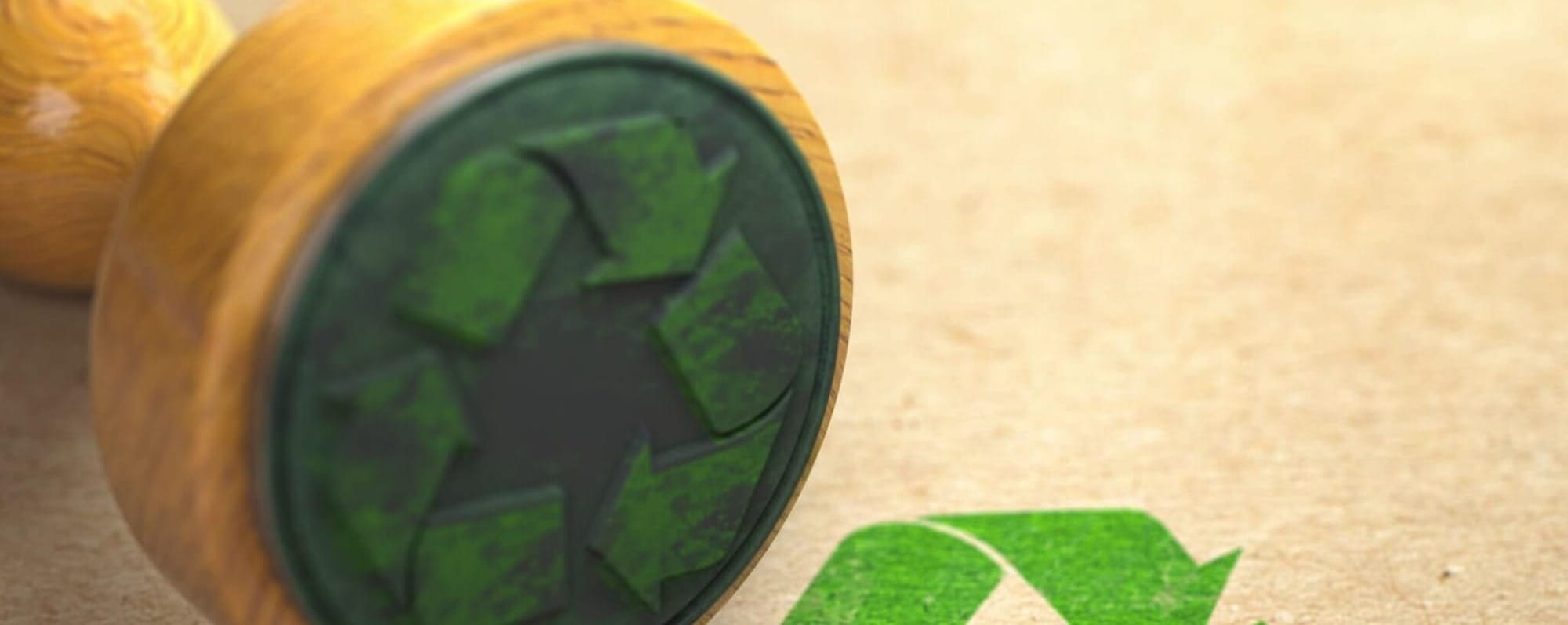
In the maze of marketing, genuine eco-friendly certifications are your best guide. Labels like "Energy Star" for efficiency or "Green Seal" for low environmental impact can help you identify cookware that truly meets sustainability standards. Always double-check the claims—true eco-friendly products have the certifications to prove it.
Consider the Brand’s Environmental Commitment
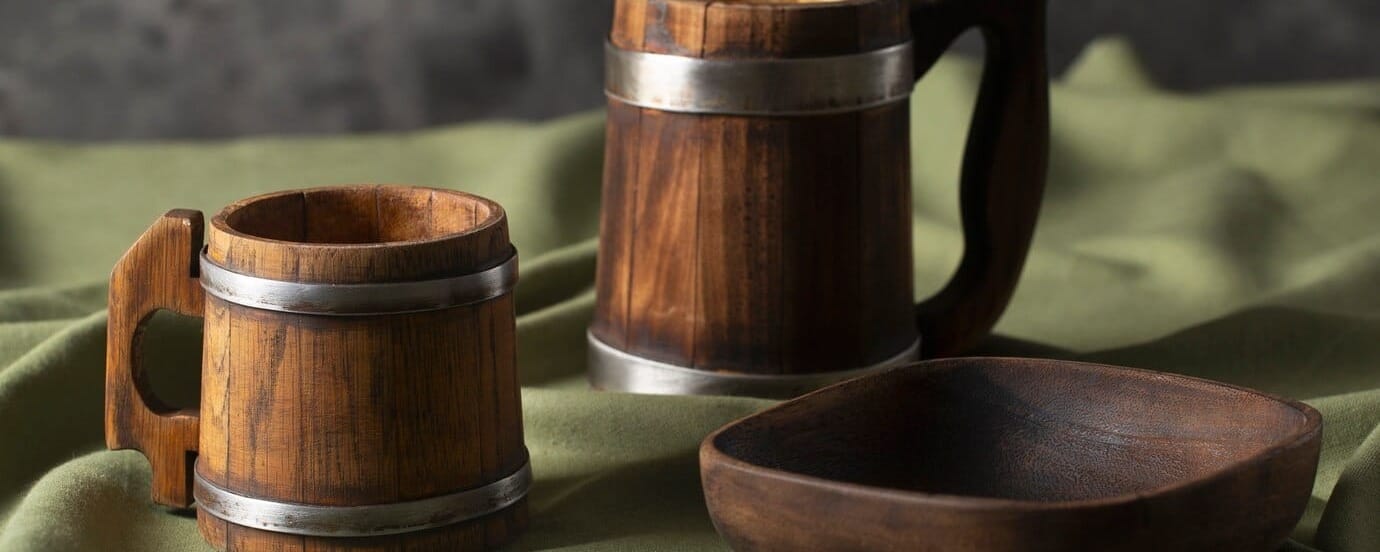
A brand's dedication to sustainability can be as important as the cookware itself. Research brands that prioritize eco-friendly practices across their operations, from sourcing materials responsibly to minimizing packaging waste. Supporting these companies means investing in a future where businesses and consumers work together for the planet's well-being.
Eco-Friendly Cookware Brands to Consider
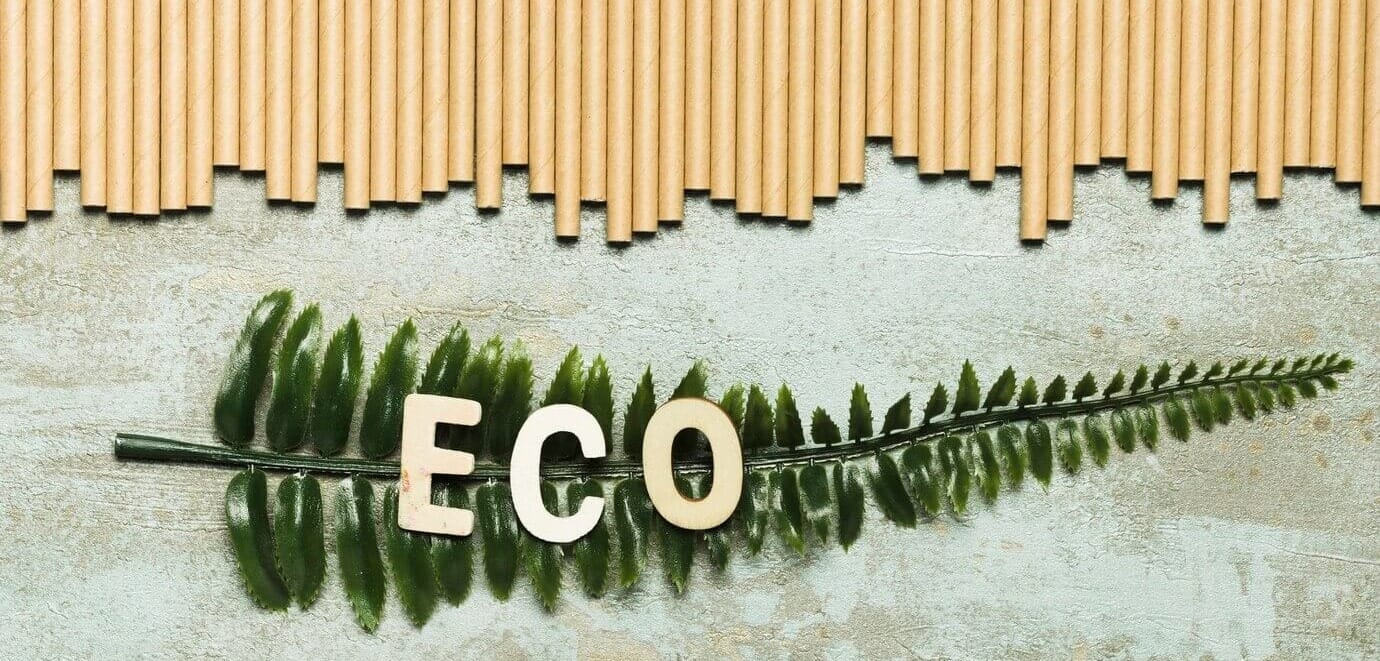
When you're ready to make the switch to eco-friendly cookware, knowing where to start can be the hardest part. To help you on your journey, we've compiled a list of brands that stand out for their commitment to sustainability, quality, and eco-friendly practices. While this list isn't exhaustive, it's a great place to begin your search for the perfect sustainable kitchen additions.
1. GreenPan
GreenPan is renowned for its ceramic non-stick cookware that's free from PFOA, PFAS, lead, and cadmium. Their innovative Thermolon™ coating is derived from sand and doesn’t release toxic fumes, even if overheated accidentally.
2. Lodge
A staple in American kitchens for over a century, Lodge offers a range of cast iron cookware that is virtually indestructible, with excellent heat retention and distribution. Their products are pre-seasoned with vegetable oil for a natural, easy-release finish that improves with use.
3. Le Creuset
Famous for their colorful enameled cast iron cookware, Le Creuset combines classic design with sustainability. Their durable products are designed to last for generations, reducing the need for frequent replacements.
4. All-Clad
All-Clad's stainless steel cookware sets the standard for professional-grade cookware that's also suitable for home use. Their products are known for unmatched quality and durability, with a commitment to using recycled materials wherever possible.
5. Bambu
Specializing in kitchen utensils and accessories, Bambu offers products made from certified organic bamboo, a highly renewable resource. Their range includes everything from cutting boards to utensil sets, all designed with sustainability in mind.
6. Ecolution
Ecolution features a wide range of eco-friendly cookware, including recycled aluminum and hydrolon non-stick products that are PFOA free. They focus on energy-efficient manufacturing processes and products designed for healthy cooking.
Ready to green your kitchen?
Begin by replacing just one worn-out item with an eco-friendly alternative. It's a simple, manageable step that can have a big impact over time. Whether it's a skillet, saucepan, or baking sheet, choose a product that aligns with sustainable practices. Not only will you be cooking in a healthier environment, but you'll also be contributing to the well-being of our planet. Every choice counts!
- Further Reading: "Best Eco-Friendly Cookware Brands 2024" to discover top brands that offer high-quality eco-friendly options.
- You Might Be Interested: "Eco-Friendly Cookware for Induction Stoves" for insights on selecting induction-compatible eco-friendly cookware.
